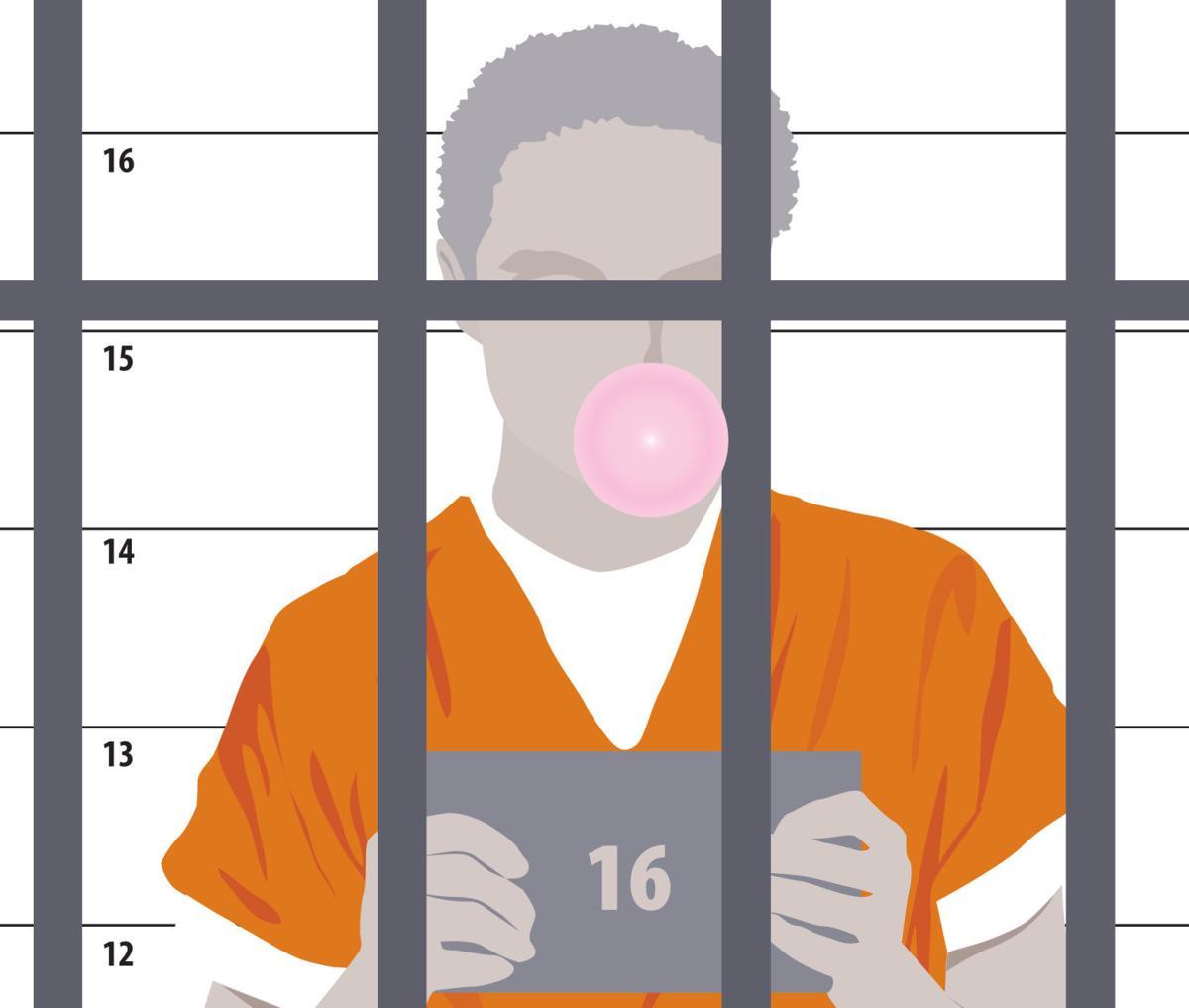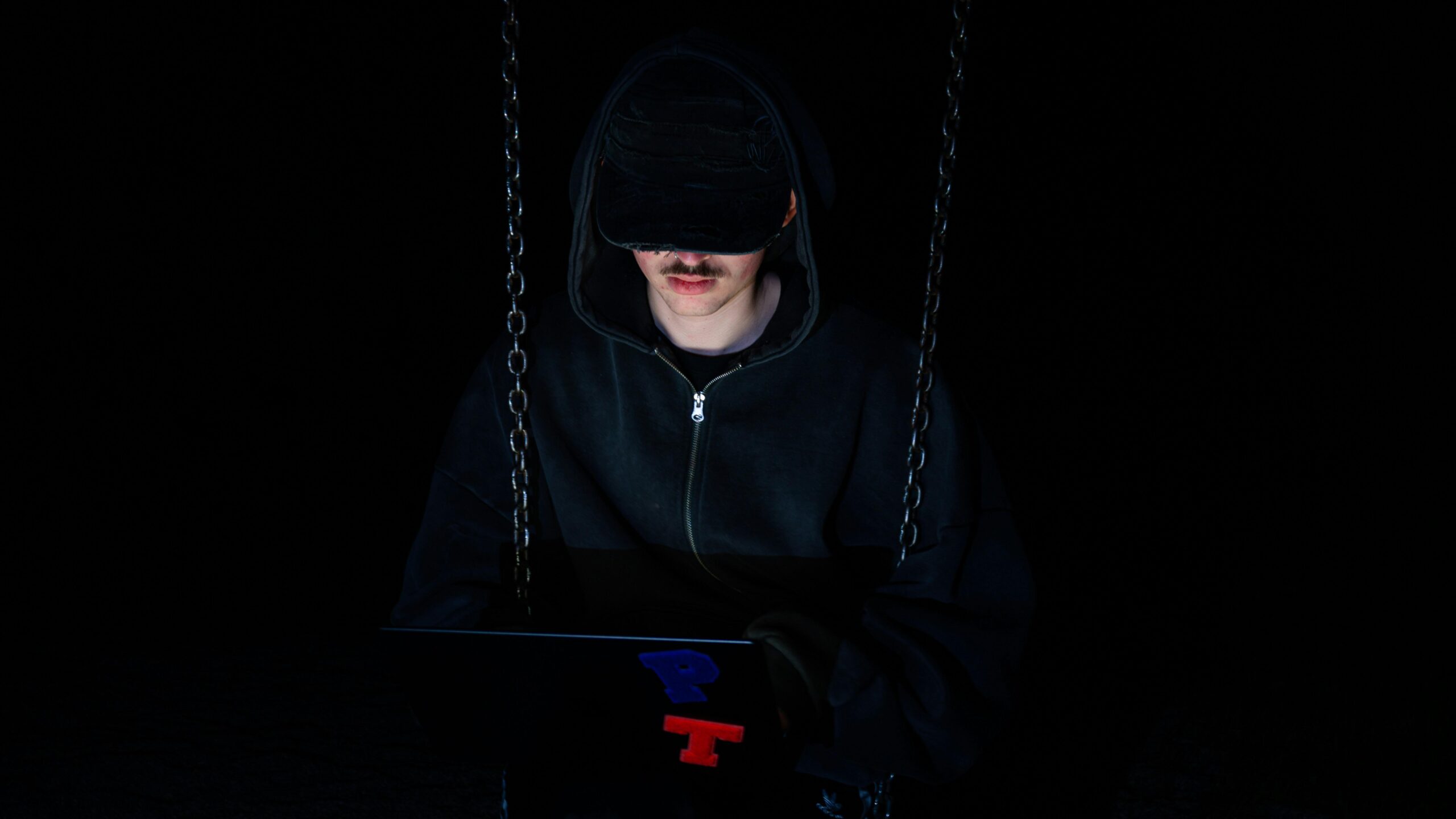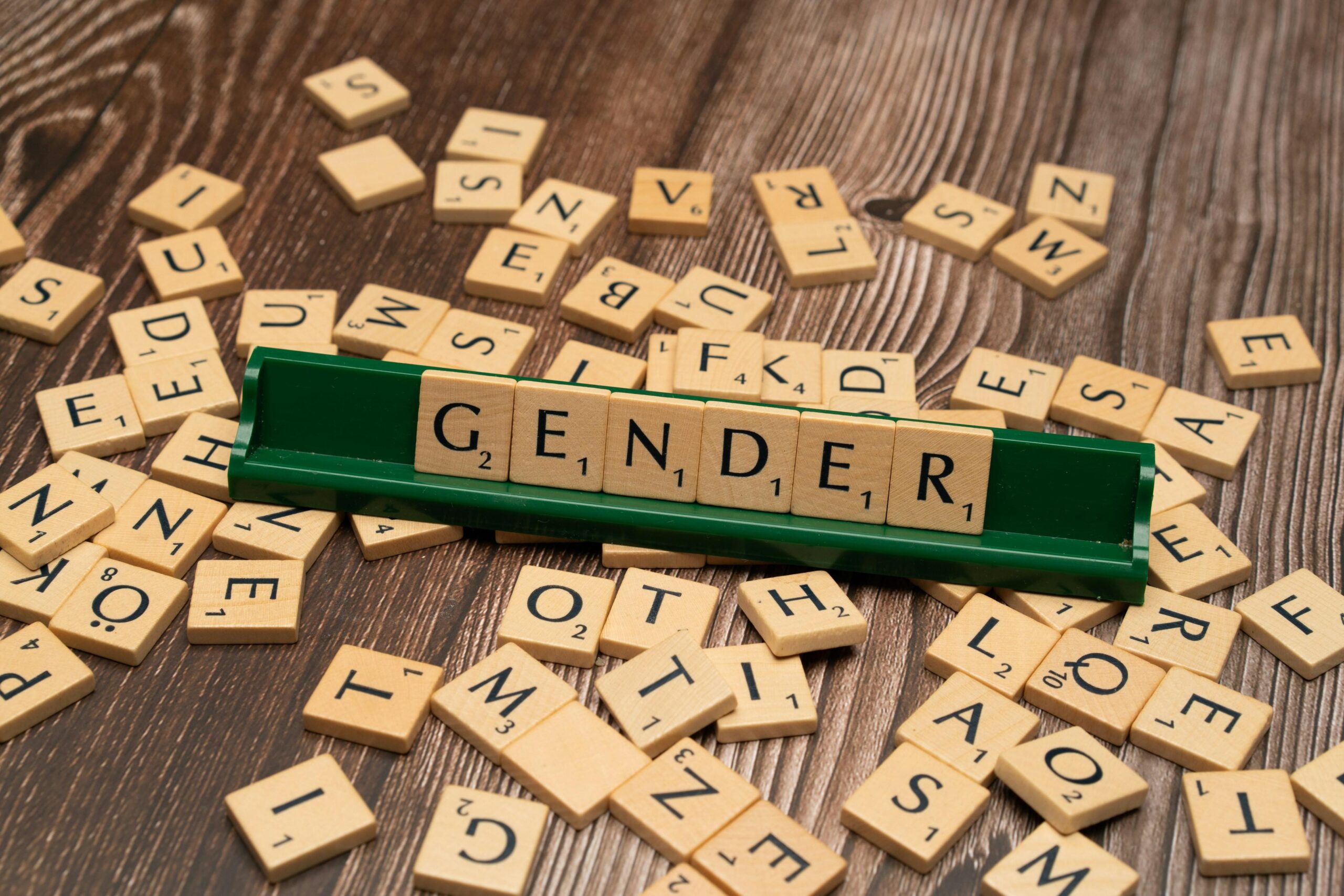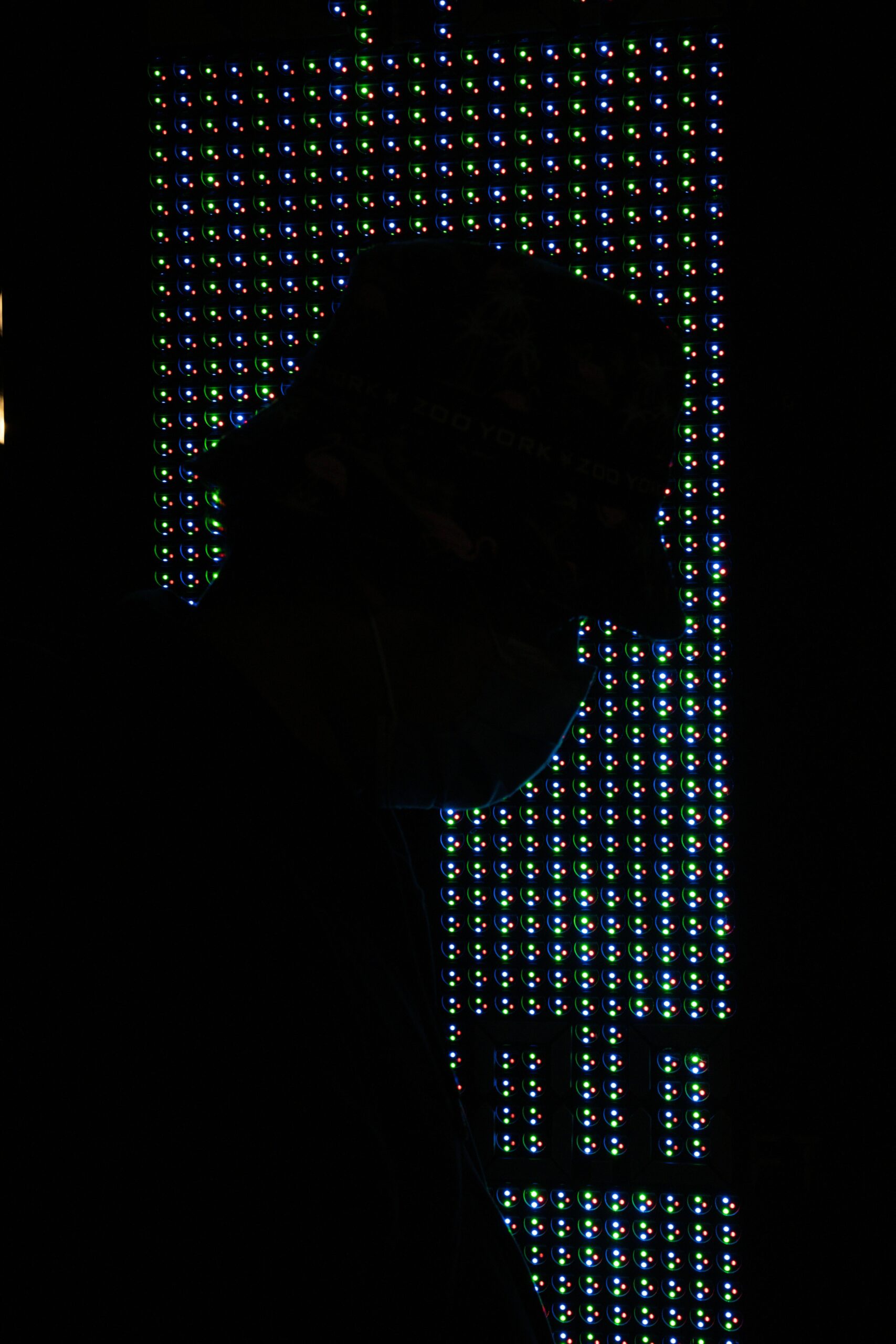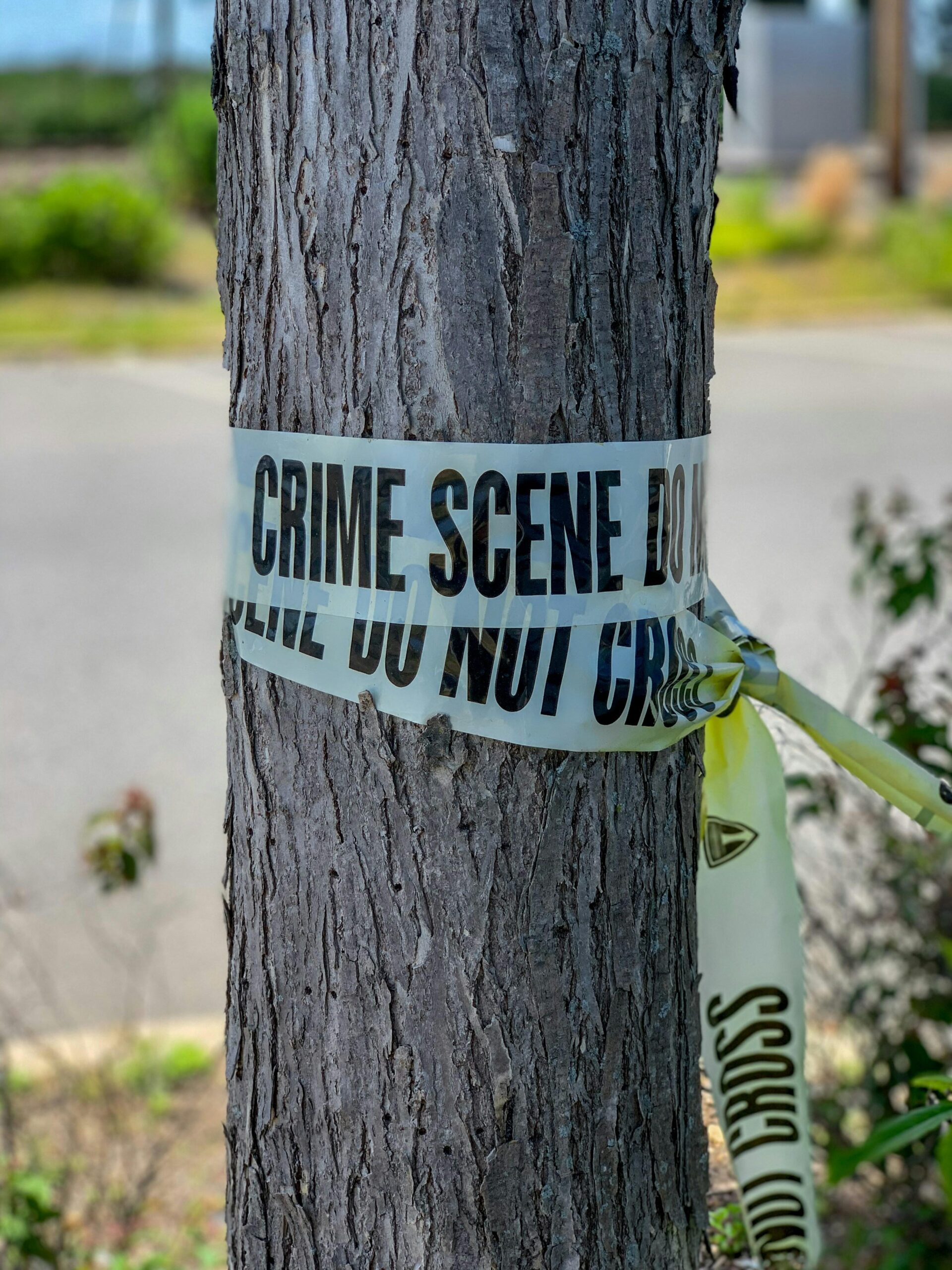Ever wondered what really goes on behind the doors of the juvenile justice system? It’s a world that often remains hidden from the public eye, wrapped in layers of complexity and care. In this blog post, we’re diving deep into how the system actually works—from the moment a young person is detained to their journey through courts, rehabilitation programs, and beyond. Join me as we unravel the realities, challenges, and hopes embedded in a system designed to guide youth back onto a better path. Let’s get curious about what happens inside the juvenile justice system.
Table of Contents
- Understanding the Journey from Arrest to Courtroom
- Behind the Scenes of Rehabilitation Programs That Make a Difference
- The Role of Families and Communities in Shaping Outcomes
- Practical Steps to Support Reform and Help At-Risk Youth Thrive
- In Conclusion
Understanding the Journey from Arrest to Courtroom
When a juvenile is apprehended, the path forward is often a delicate balance between accountability and rehabilitation. Unlike adults, young offenders are typically greeted by a system designed to understand their backgrounds and circumstances. From the moment of arrest, law enforcement officers and intake specialists assess the youth’s needs and risks, deciding whether formal charges are necessary or if diversion programs might be more appropriate. This initial phase is crucial, as it sets the tone for how the juvenile will navigate the legal maze ahead.
Key steps in this journey include:
- Detention or release decisions based on safety and the minor’s support system.
- Initial hearings where charges are reviewed, and counsel is appointed.
- Preliminary assessments focusing on education, mental health, and family environment.
Each stage is guided by an emphasis on minimizing trauma and encouraging positive outcomes, which creates a courtroom experience quite different from the adult criminal process. Understanding these nuances reveals how the juvenile justice system strives not just to judge, but to guide youth toward a better future.
Behind the Scenes of Rehabilitation Programs That Make a Difference
Rehabilitation programs within juvenile facilities are meticulously designed to not only correct behavior but to foster growth and self-awareness. Behind closed doors, a dedicated team of social workers, counselors, and educators work collaboratively using tailored approaches to target the root causes of delinquency. These programs often incorporate cognitive-behavioral therapy, mentorship opportunities, and educational workshops that aim to reshape perceptions and instill new skills. The environment is carefully structured to balance discipline with empathy, creating a safe space where youths feel supported rather than punished.
What truly sets effective programs apart is their focus on holistic development, addressing emotional, social, and academic needs all at once. Some of the common elements include:
- Life skills training that prepares juveniles for independent living and responsible decision-making.
- Family involvement initiatives which recognize that sustainable change requires support beyond the facility walls.
- Community engagement projects to rebuild trust and provide real-world context for personal growth.
These layers of interventions work in synergy, often sparking profound change in participants, ultimately reducing recidivism and rallying hope for a new path forward.
The Role of Families and Communities in Shaping Outcomes
Families and communities serve as the first line of influence for young individuals navigating the complexities of juvenile justice. The support or lack thereof can dramatically shift the trajectory of these youths, either steering them toward growth or deeper entanglement in the system. Strong family bonds often provide stability, guidance, and a sense of belonging—elements crucial for rehabilitation. Conversely, environments lacking trust or nurturing can inadvertently contribute to continued delinquency. It’s within this delicate interplay that the power of early intervention shines brightest, highlighting the importance of empowering families with resources, education, and emotional support.
Communities don’t just observe from the sidelines—they’re active participants in shaping outcomes. Programs that engage youth in constructive activities, mentorships, and local leadership opportunities have shown remarkable success in altering life paths. Key factors that communities often foster include:
- Access to educational and vocational training, which build essential skills for self-sufficiency.
- Safe spaces for expression and growth, combating isolation and fostering confidence.
- Peer networks that encourage positive behavior, offering alternatives to negative influences.
By nurturing these elements, families and communities together create a supportive ecosystem that not only deters future offenses but also instills hope and resilience in young lives.
Practical Steps to Support Reform and Help At-Risk Youth Thrive
Transforming the juvenile justice system starts with addressing the root causes that lead young people into trouble. Community-centered programs that prioritize education, mental health support, and family engagement are powerful tools in this mission. Creating safe spaces for youth to express themselves and access counseling can dramatically reduce recidivism. Schools and local organizations can collaborate to build mentorship networks, offering guidance and stability during those vulnerable years.
On a practical level, policymakers and advocates can push for reforms that emphasize rehabilitation over punishment. Consider the impact of:
- Decriminalizing minor offenses to prevent unnecessary incarceration
- Implementing restorative justice programs that foster accountability and healing
- Expanding funding for vocational training and job placement services tailored to at-risk youth
- Improving data transparency so communities can hold systems accountable and track progress
By taking these deliberate steps, we can create an environment where young people not only avoid the pitfalls of the justice system but have a genuine chance to thrive and rewrite their futures.
In Conclusion
As we peel back the layers of the juvenile justice system, it’s clear that there’s so much more beneath the surface than headlines often reveal. From the delicate balance between accountability and rehabilitation to the complex web of support systems, this world is as intricate as it is critical. Whether you’re a concerned parent, an advocate, or simply curious, understanding how the system truly works is the first step toward meaningful change. So next time you hear about a young person navigating this path, remember—there’s a whole story behind the scenes that deserves our attention and empathy. Stay curious, stay informed!


